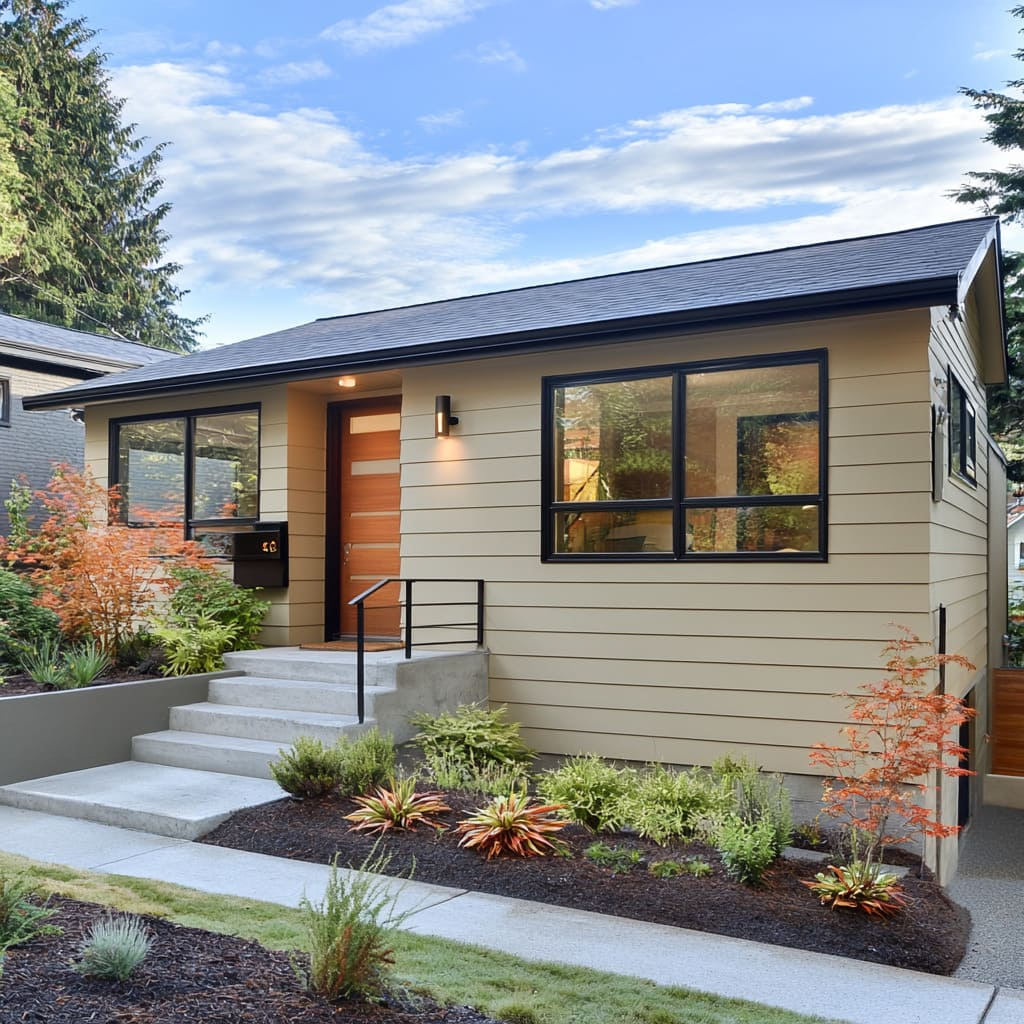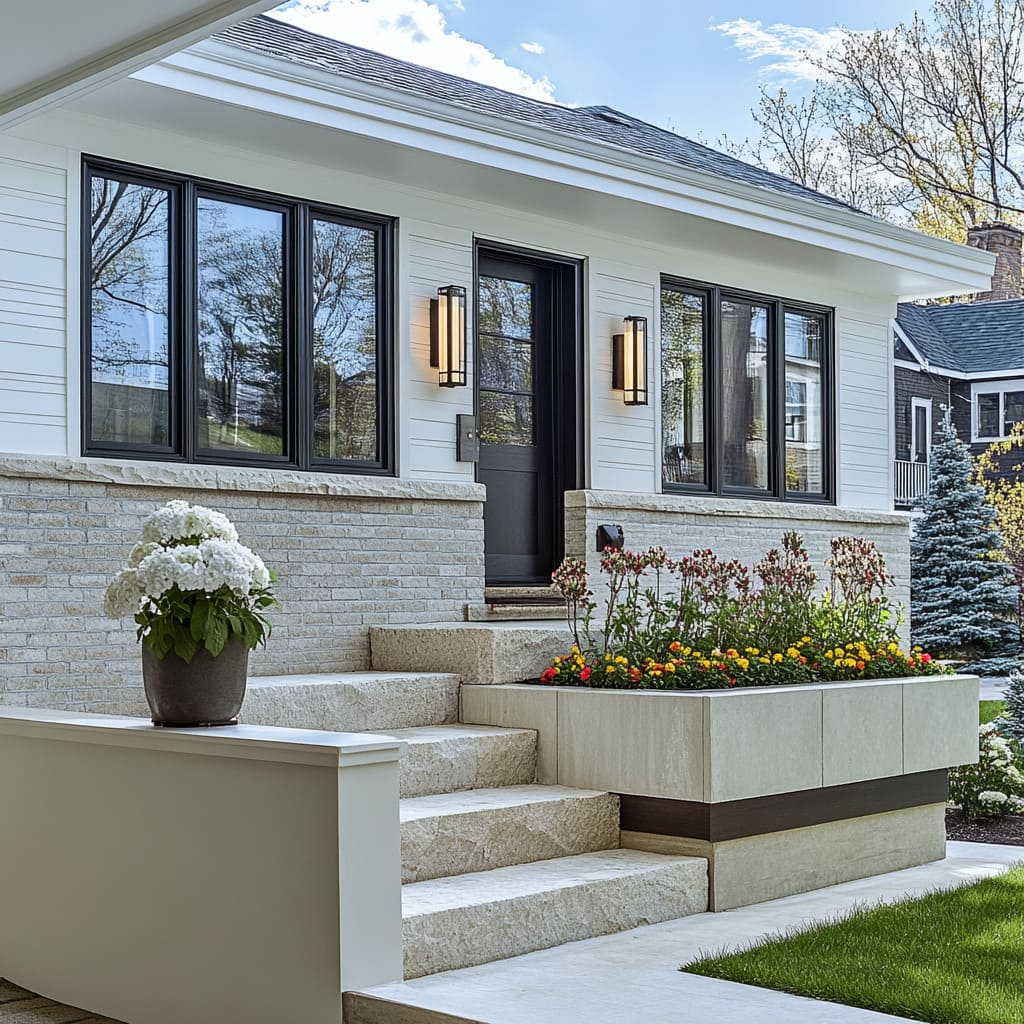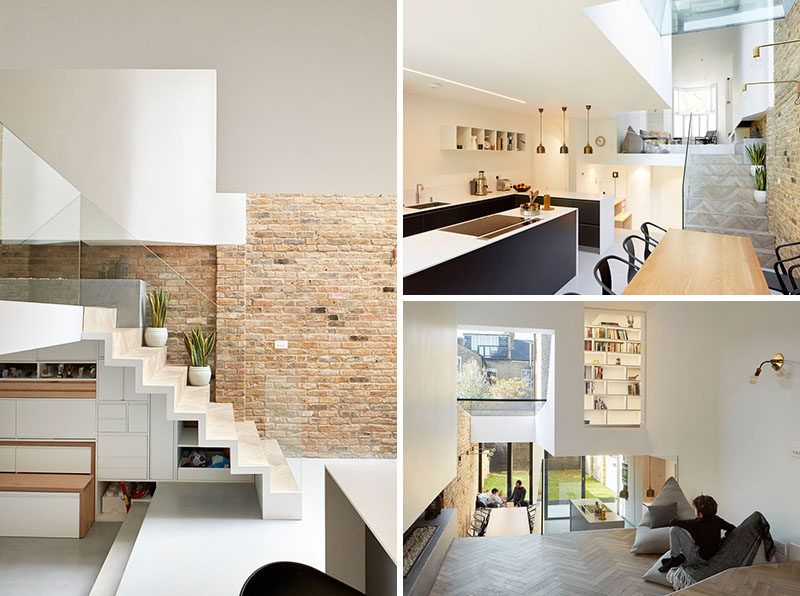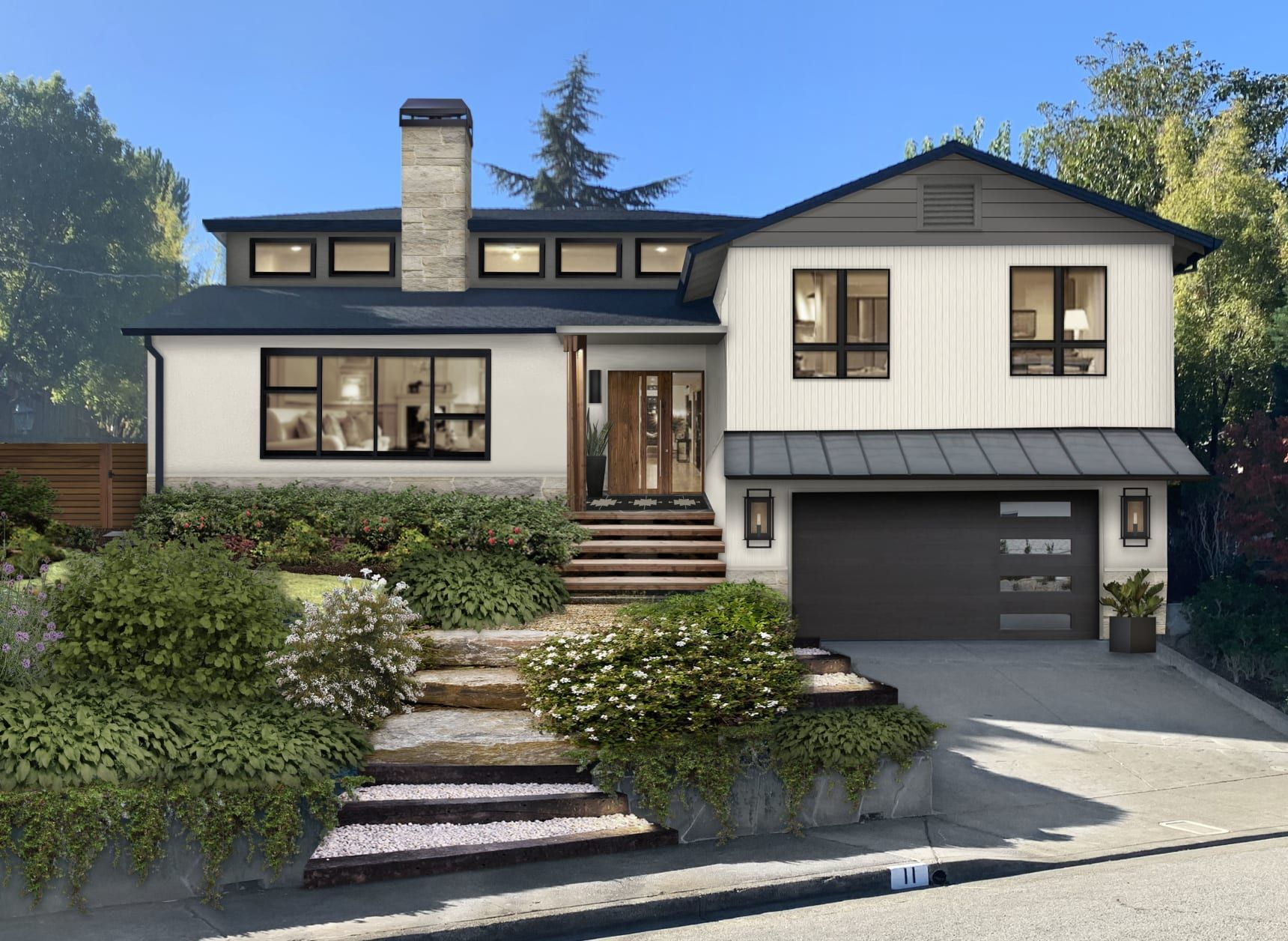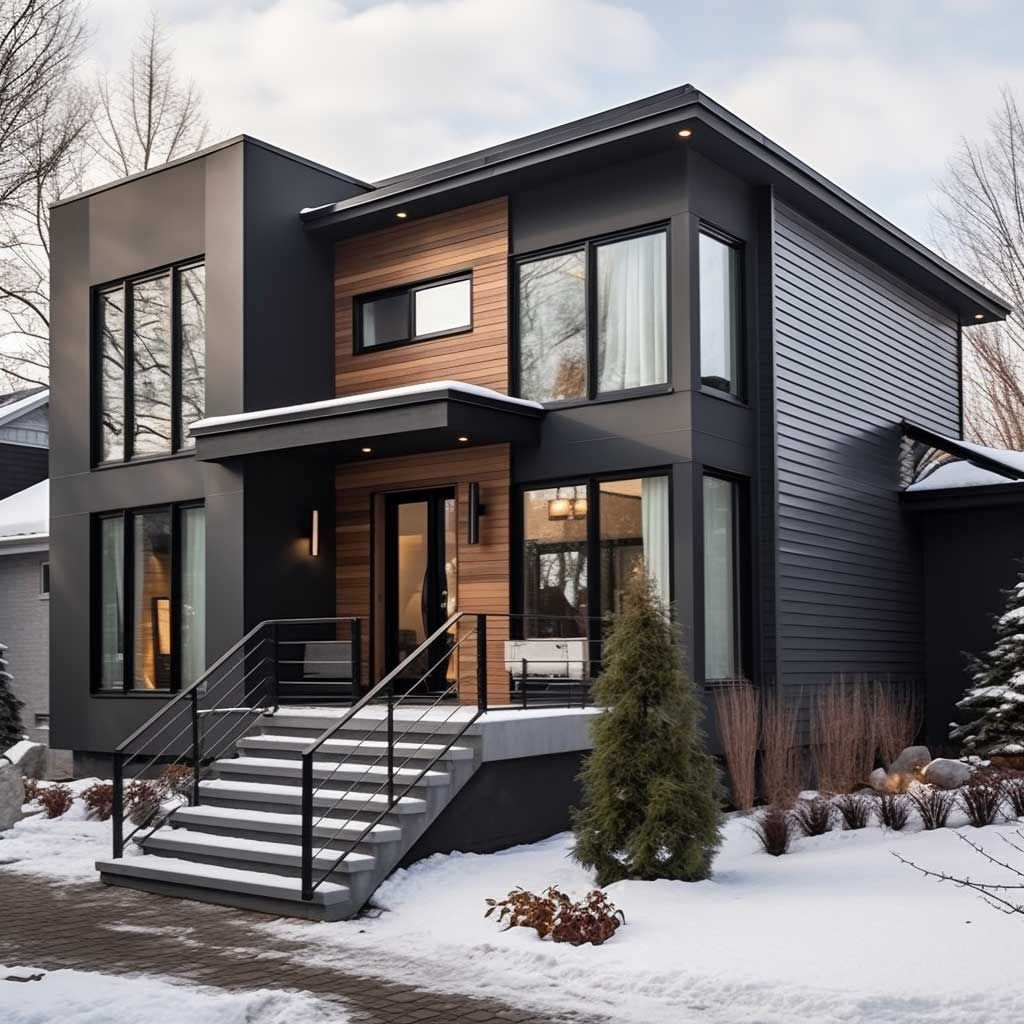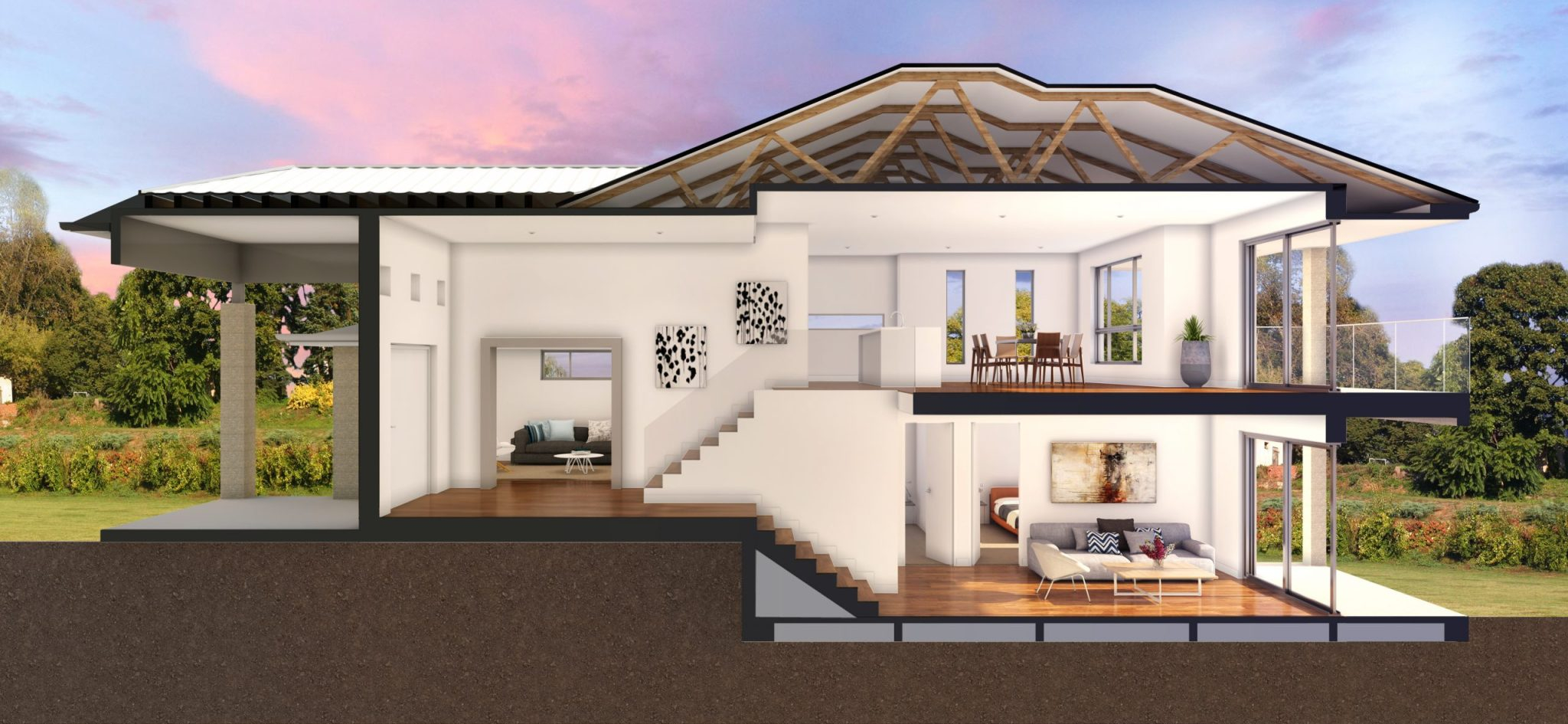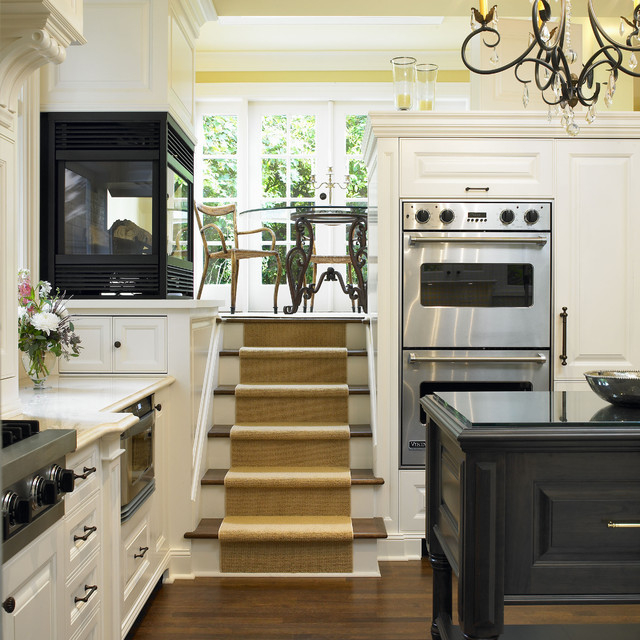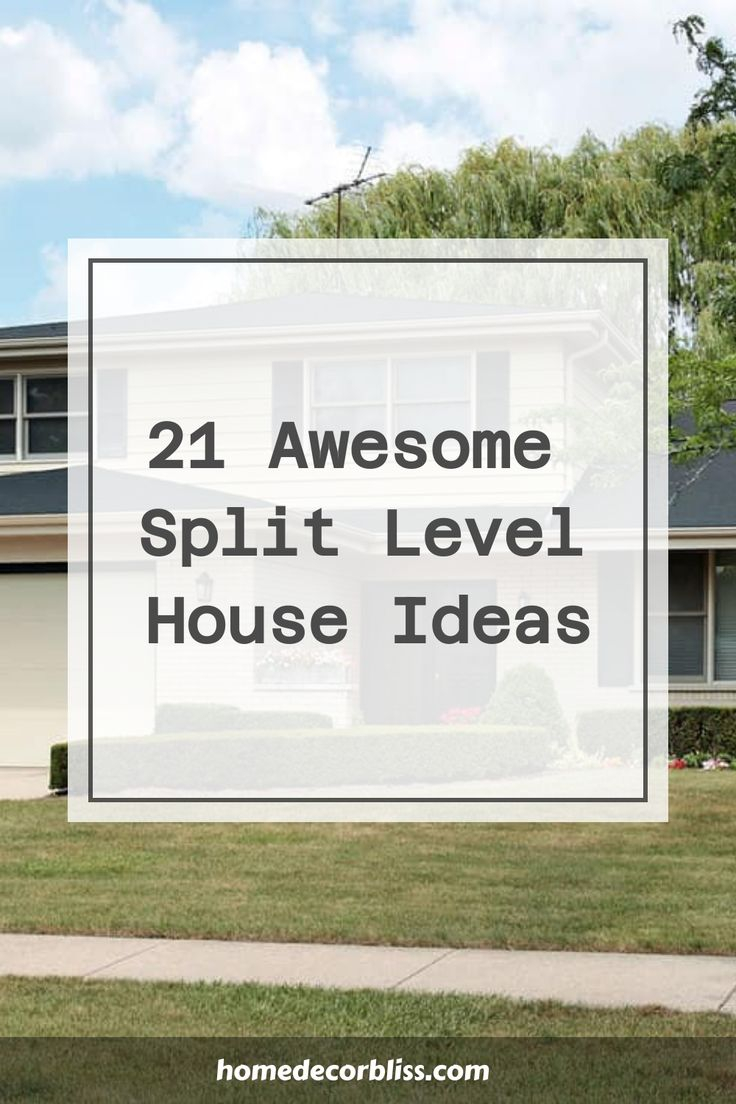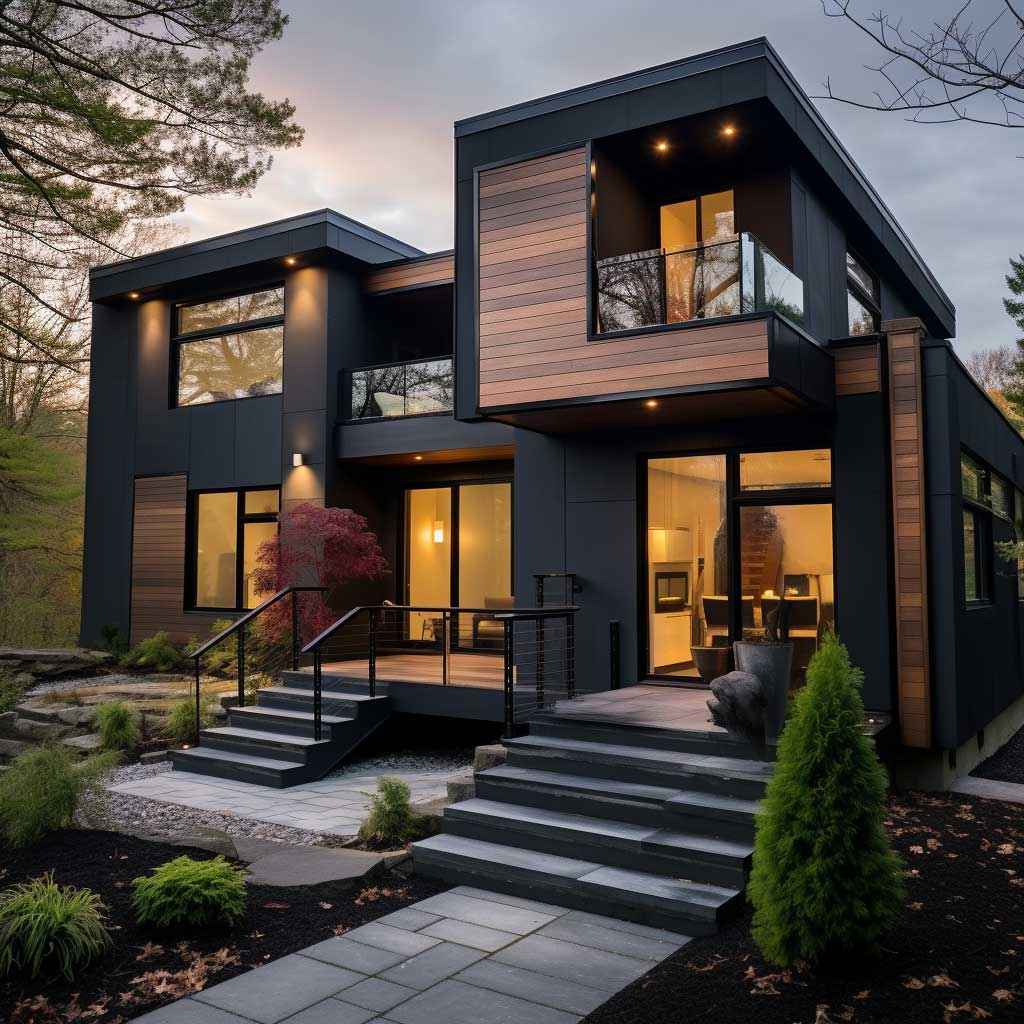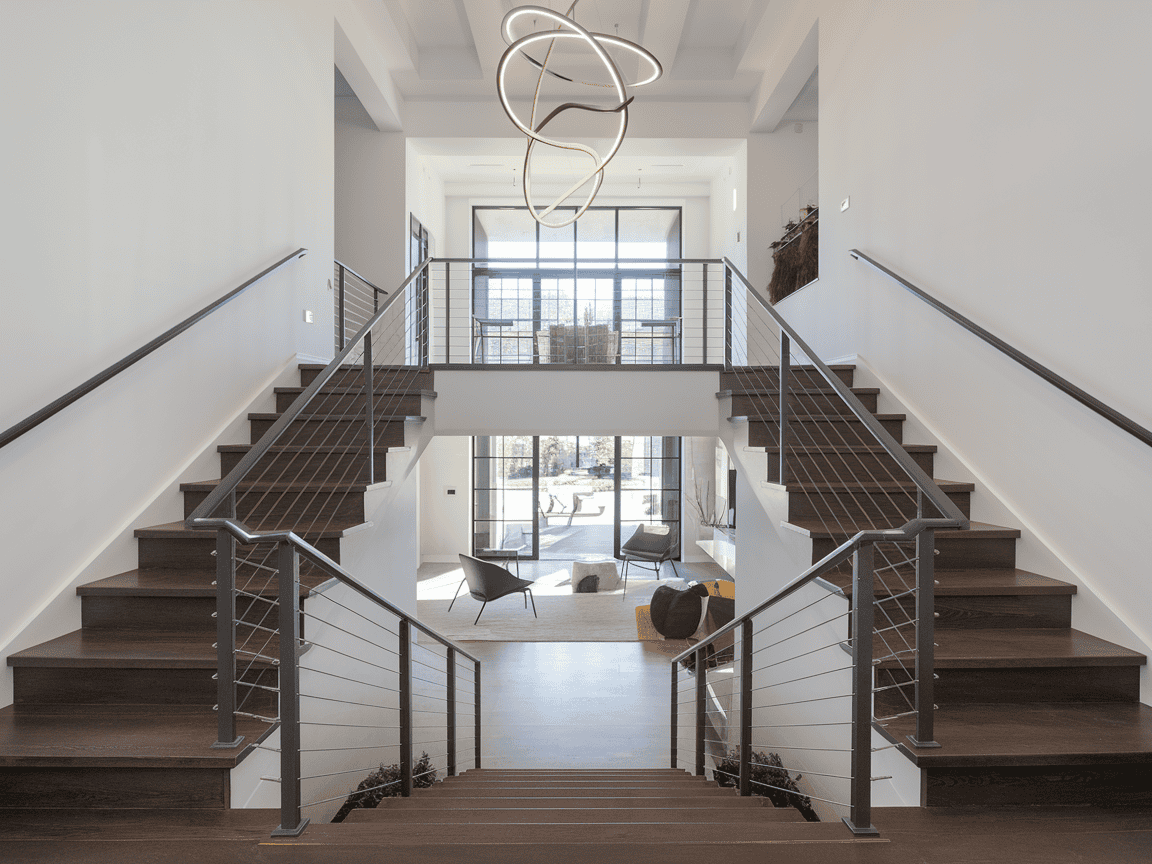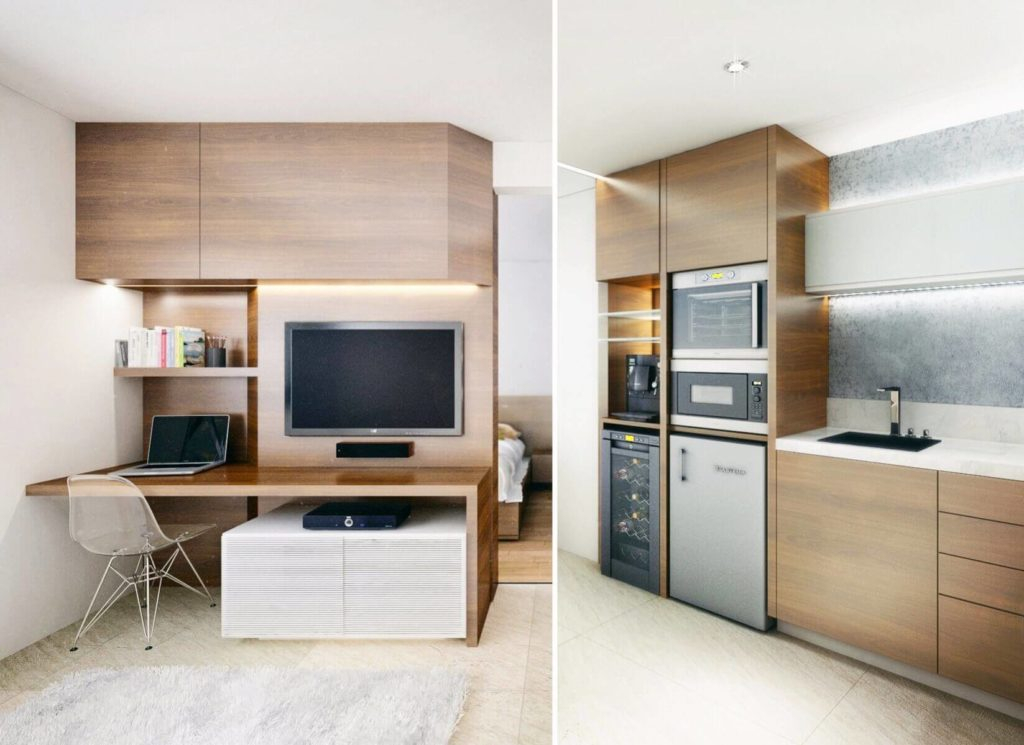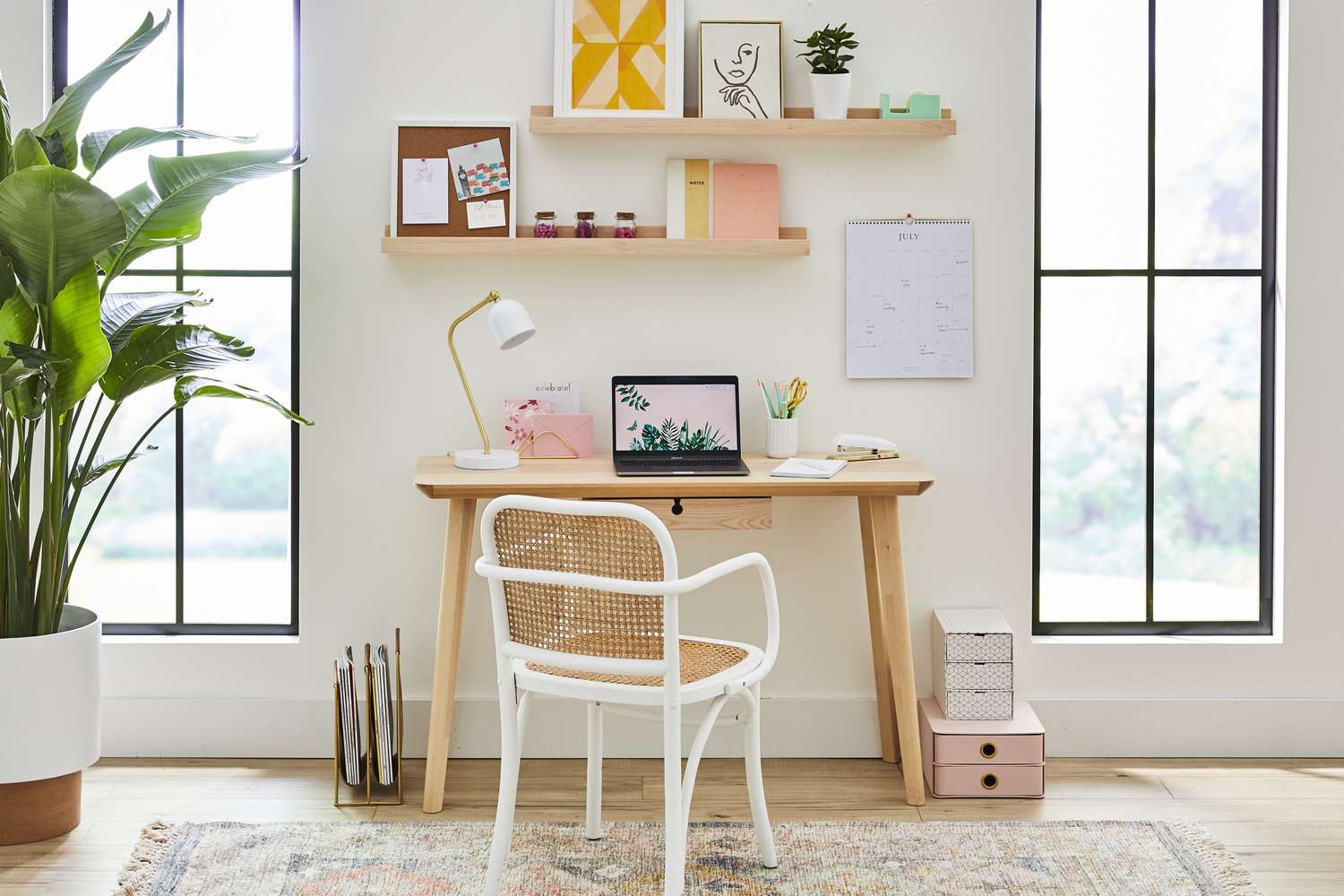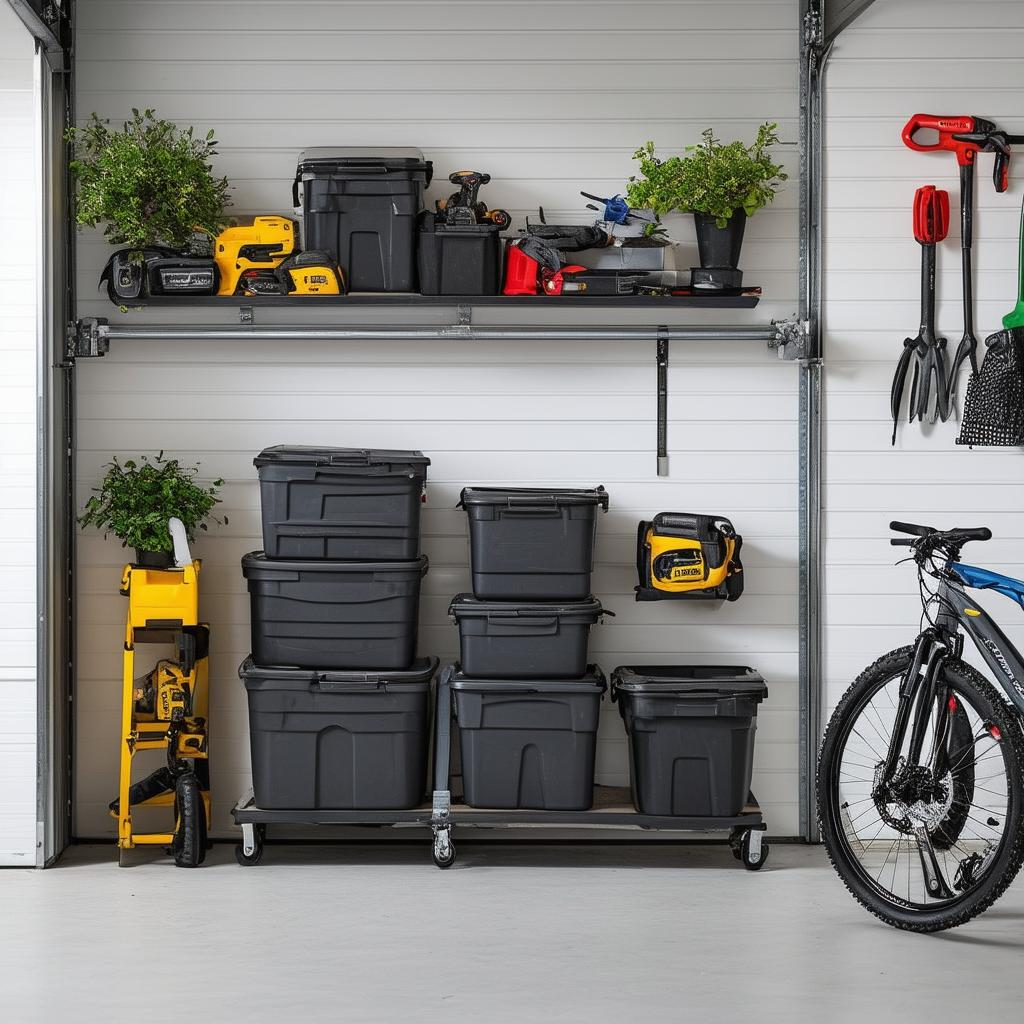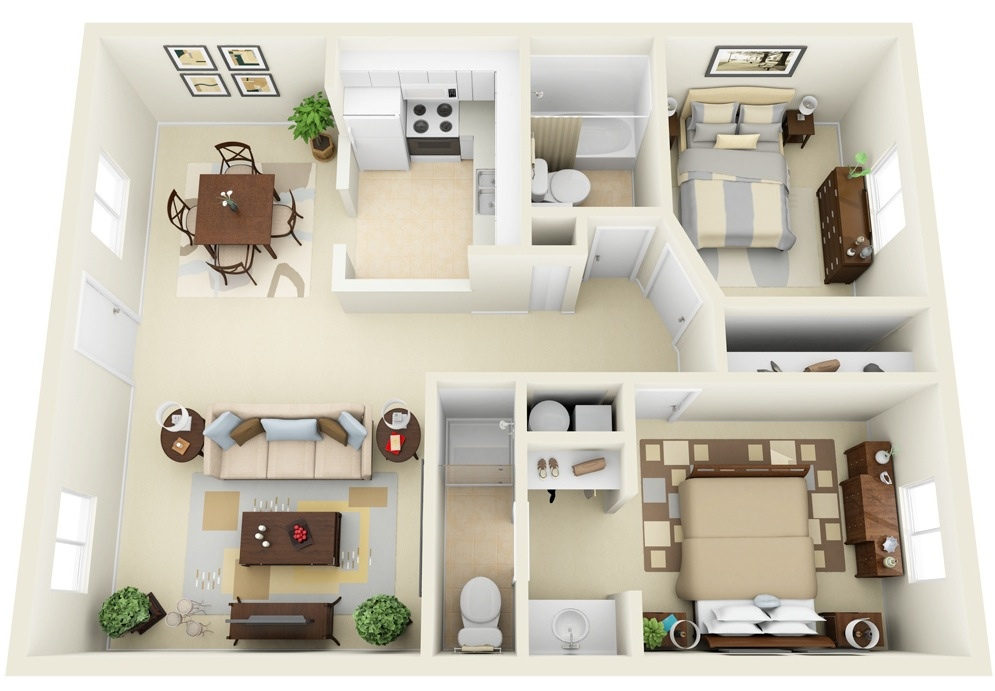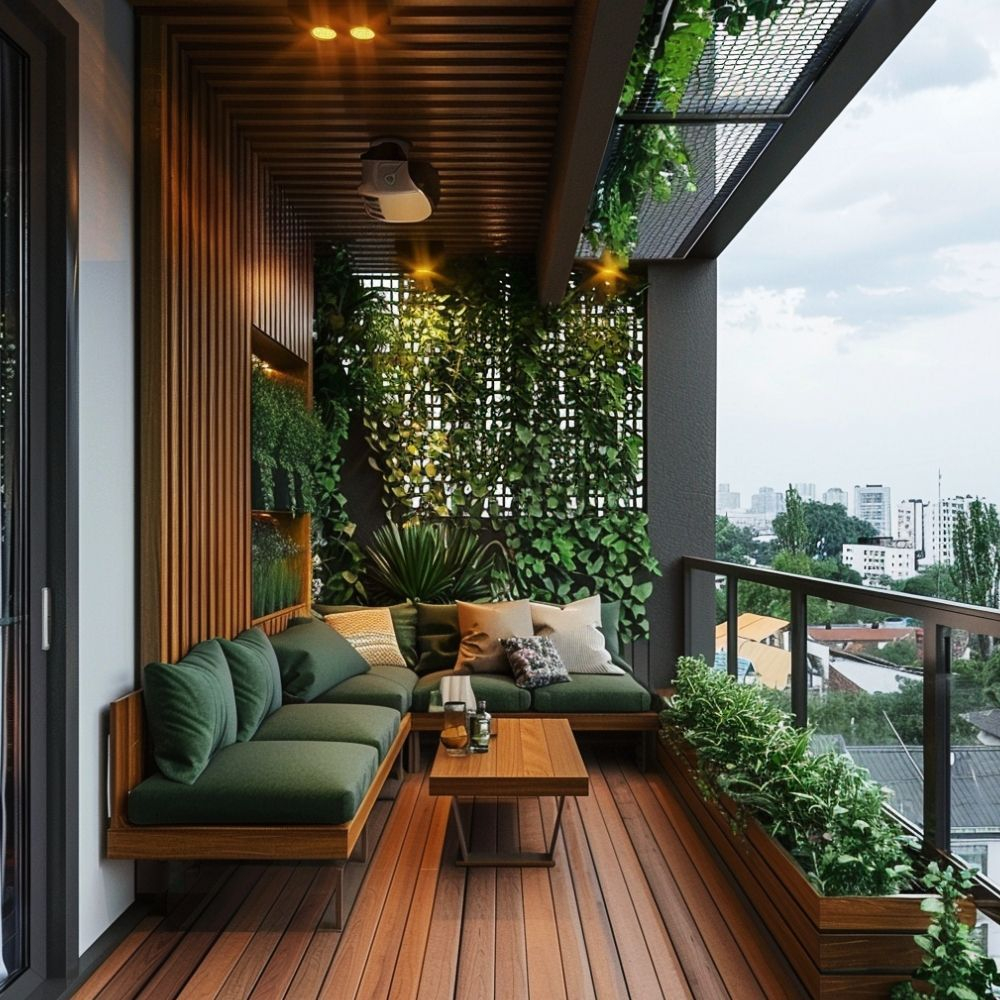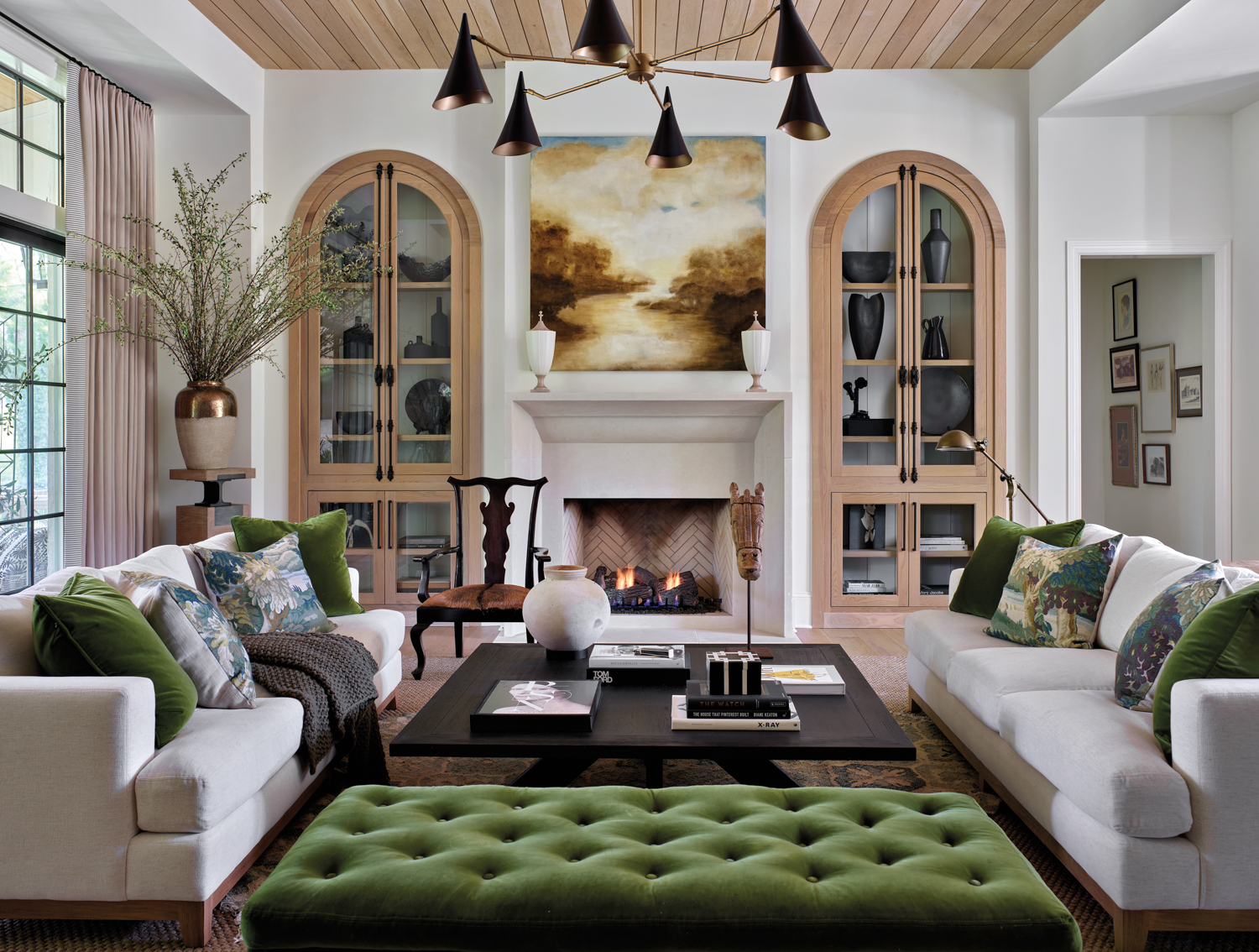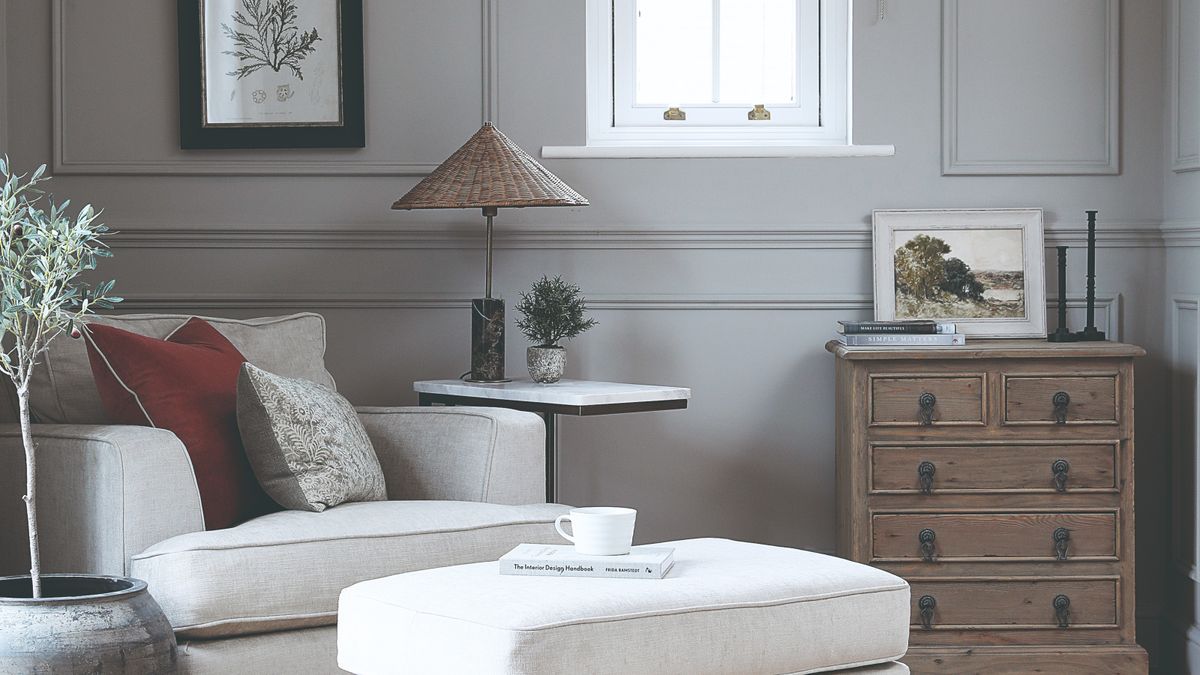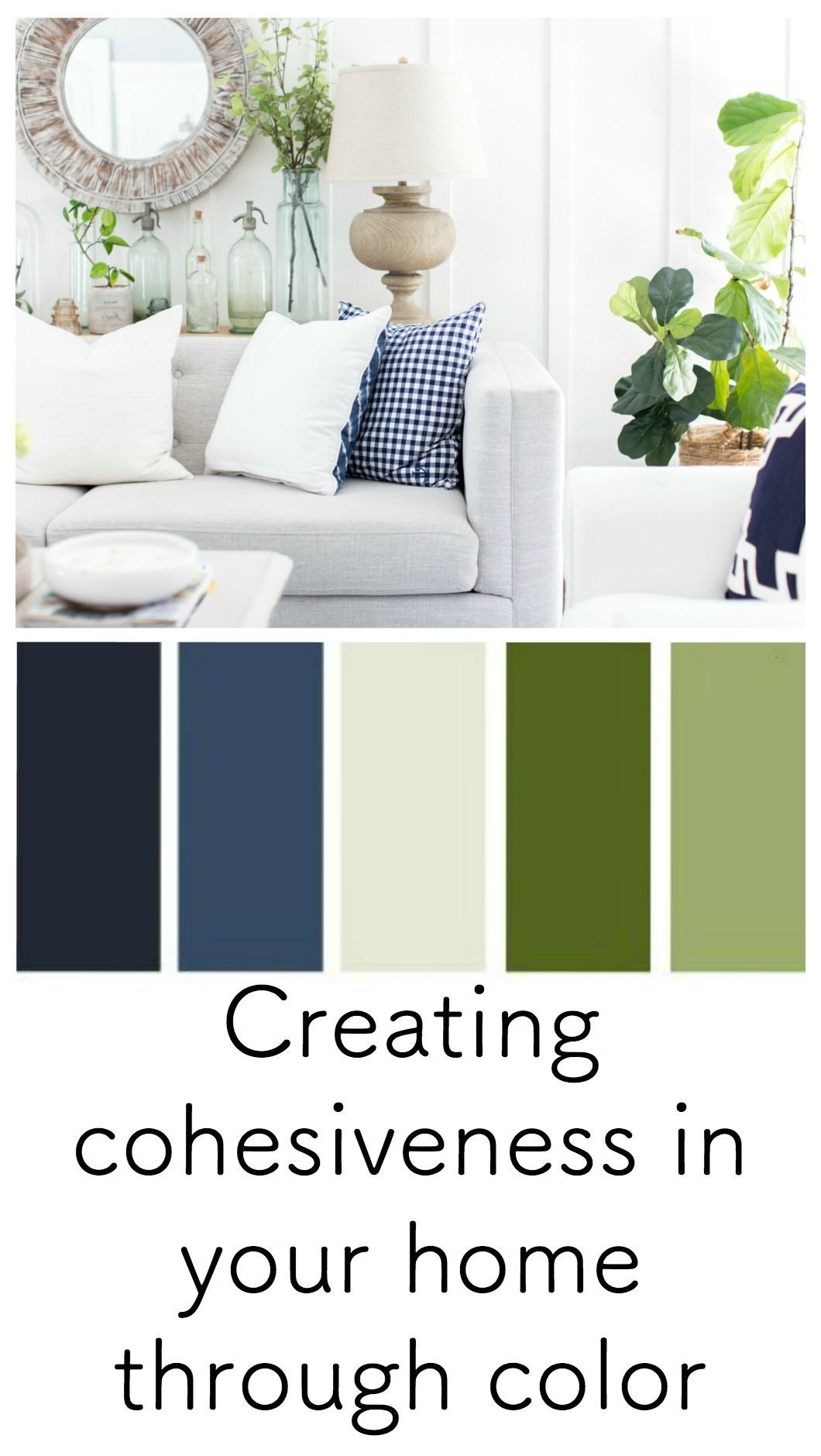Split-level homes, with their unique multi-level layouts, can sometimes feel a bit disjointed or challenging to furnish. But what if I told you that with a few clever design strategies, you could unlock their true potential? It’s not about massive renovations; it’s about smart choices that make your home feel more cohesive, spacious, and a joy to live in. Let’s dive into how we can make those levels work for you.
Split-level houses have a certain character, don’t they? They offer distinct living zones, which can be a fantastic advantage. However, that inherent separation can also present hurdles when it comes to flow and overall usability. Think about those awkward landings, the short flights of stairs that break up rooms, or the challenge of making different levels feel connected. It’s a common puzzle many homeowners face. But fear not, because with a thoughtful approach to design, these very characteristics can be turned into your home’s biggest strengths. We’ll explore how to bridge those gaps, maximize every square inch, and create a harmonious living experience across all your home’s levels.
Bridging the Levels: Creating Visual Continuity
One of the biggest challenges in split-level homes is making the different levels feel connected rather than isolated. How do you achieve this without knocking down walls? It’s all about creating visual cues that guide the eye and link spaces. Consider extending flooring materials across different levels, especially at the transition points like landings and stairways. This creates a sense of flow. Also, think about color. Using a consistent color palette throughout, or at least carrying a key accent color from one level to another, can tie everything together beautifully. Even something as simple as a continuous handrail for the stairs can make a big difference. It’s these subtle threads that weave your home into a single, cohesive dwelling.
Maximizing Vertical Space: Thinking Upwards
Split levels often have varying ceiling heights, and sometimes, the vertical space can feel underutilized. Embrace this! In areas with higher ceilings, like a living room or entryway, consider taller furniture pieces or floor-to-ceiling shelving to draw the eye upward and emphasize the sense of volume. Vertical storage solutions are your best friend here – think tall bookcases, wall-mounted cabinets, or even decorative ladders for displaying blankets or plants. Don’t forget the power of lighting. Strategically placed wall sconces or pendant lights can highlight vertical lines and make rooms feel more expansive. It’s about using that height to your advantage, creating a feeling of openness and grandeur where you might not expect it.
Smart Stairway Design: More Than Just a Passageway
The stairs in a split-level home are central to its layout, so why treat them as just a way to get from A to B? They can be a design feature in themselves. If possible, consider opening up the stairwell slightly to allow more light and visual connection between levels. Even without major structural changes, you can enhance them. Think about adding a runner that complements your decor, or painting the risers for a pop of color. What about under-stair storage? This is prime real estate for built-in drawers, a small coat closet, or even a cozy reading nook. A well-designed staircase can become a focal point, improving both the aesthetic and the practical use of your home.
Defining Zones: Creating Purposeful Areas
The natural separation of levels in a split-level home is perfect for defining different functional zones. Use furniture placement to create distinct areas within larger rooms. For instance, a sofa and chairs can anchor a living area, while a console table or a rug can delineate a dining space on the same level. On different levels, you can clearly separate public and private spaces. Perhaps the lower level is a family room and guest area, while the upper level houses the bedrooms and quieter spaces. This intentional zoning makes each area feel more purposeful and organized, reducing clutter and enhancing usability. It’s about making each space work harder for you.
Lighting Strategies: Illuminating Every Nook
Good lighting is absolutely crucial in any home, but especially in split levels where natural light might not flow as freely between levels. Layer your lighting. This means combining ambient (general) lighting, task lighting (for specific activities like reading or cooking), and accent lighting (to highlight features). In darker areas or on lower levels, consider installing brighter, cooler-toned bulbs to create a more open and inviting atmosphere. Wall-mounted lights or recessed lighting can be great for hallways and landings, ensuring no area feels neglected. And don’t underestimate the impact of natural light – keep windows clear and use sheer curtains to maximize daylight.
Storage Solutions: Taming the Clutter Creep
Clutter can easily accumulate in a home with multiple levels and transitions. Clever storage is key to maintaining order. Think about built-in solutions wherever possible – under stairs, along hallways, or integrated into cabinetry. Multifunctional furniture, like ottomans with hidden storage or coffee tables with drawers, can also be incredibly useful. Vertical shelving, as mentioned before, is essential. Consider wall-mounted units or narrow, tall bookcases that don’t take up too much floor space. The goal is to have a designated place for everything, making it easier to keep your split-level home tidy and functional across all its distinct areas.
Transforming a split-level home into a more functional and enjoyable space is entirely achievable. By focusing on visual continuity, smart use of vertical space, enhancing your stairways, defining zones, optimizing lighting, and implementing clever storage, you can overcome the common challenges. These aren’t just design tips; they’re invitations to see your home’s unique layout not as a problem, but as an opportunity. With a little creativity and thoughtful planning, you can create a home that flows beautifully, feels spacious, and truly serves your lifestyle. So go ahead, embrace your split level’s potential and start making those smart changes today.

